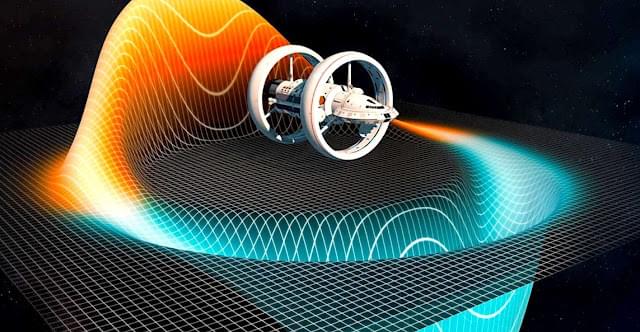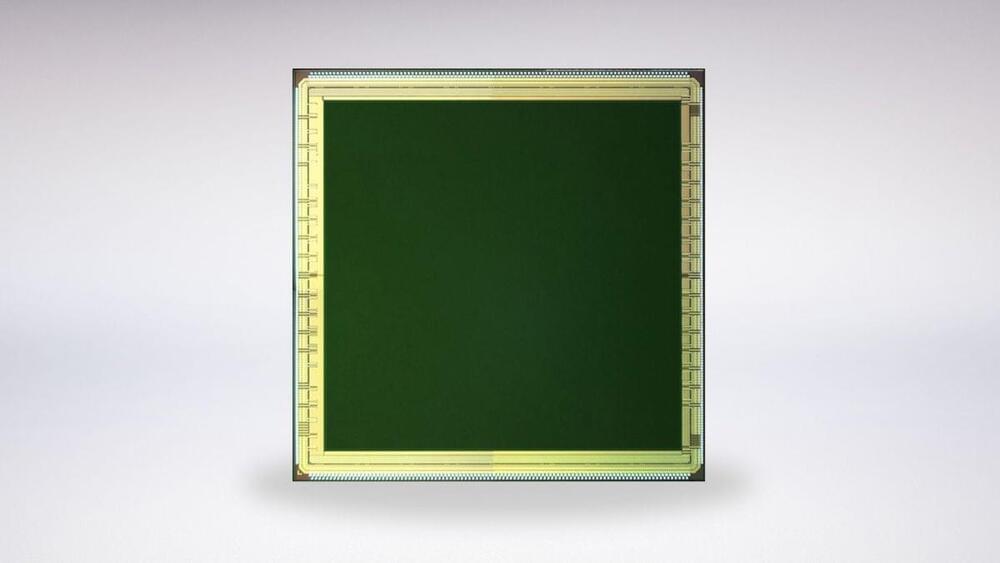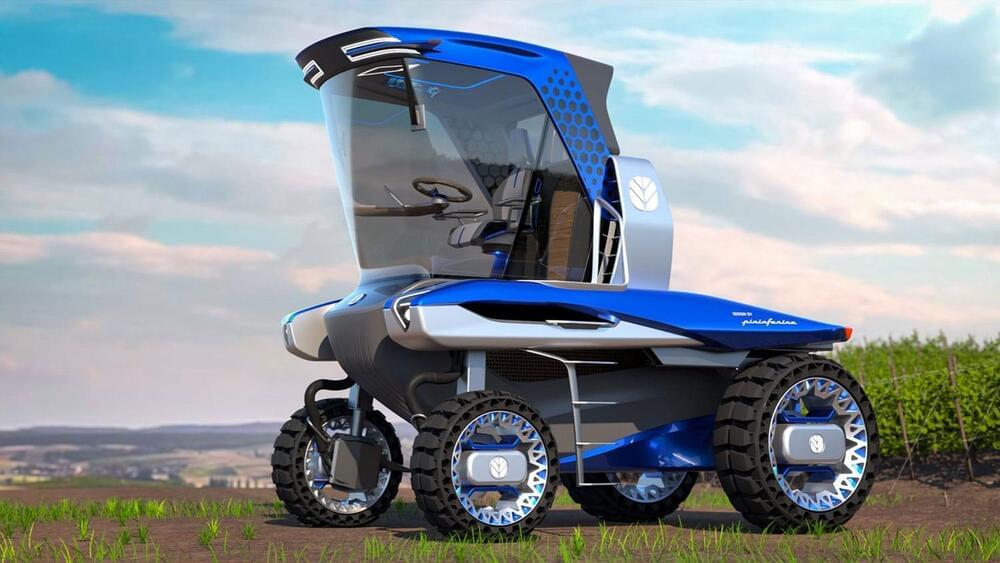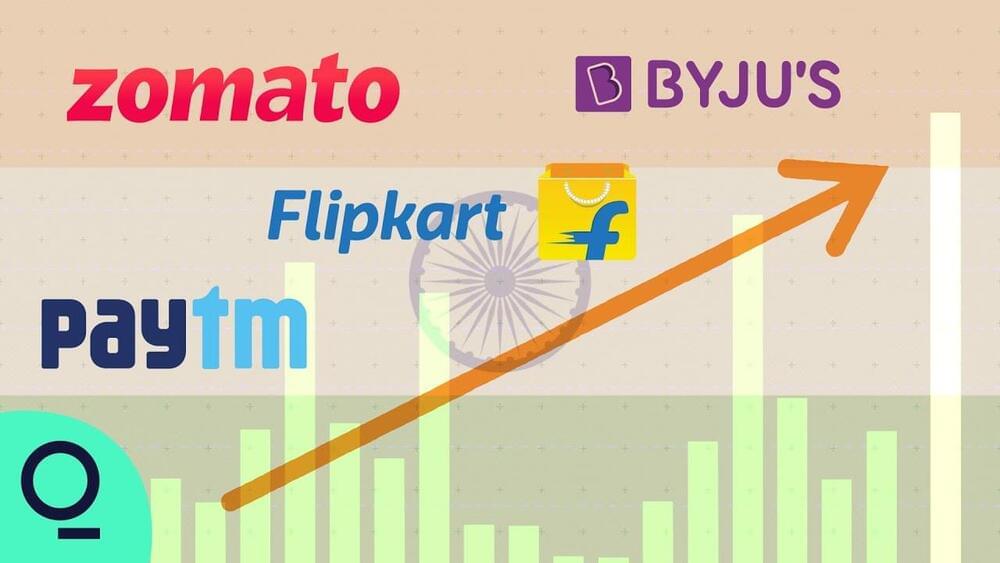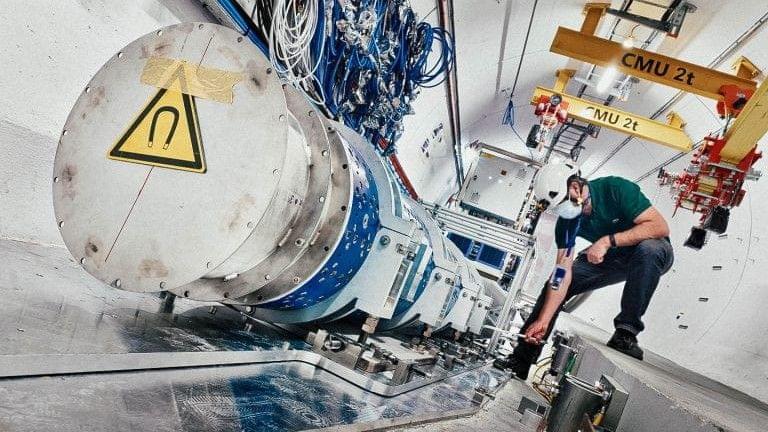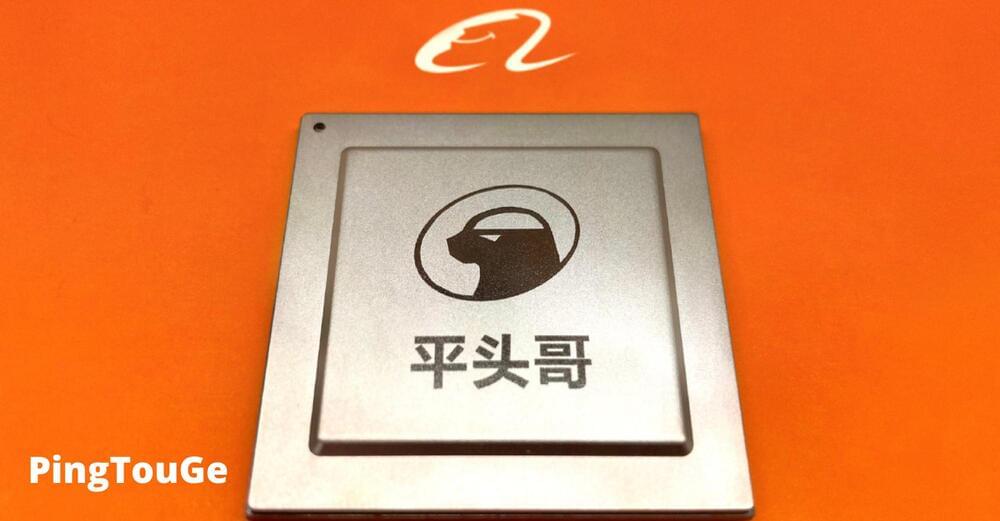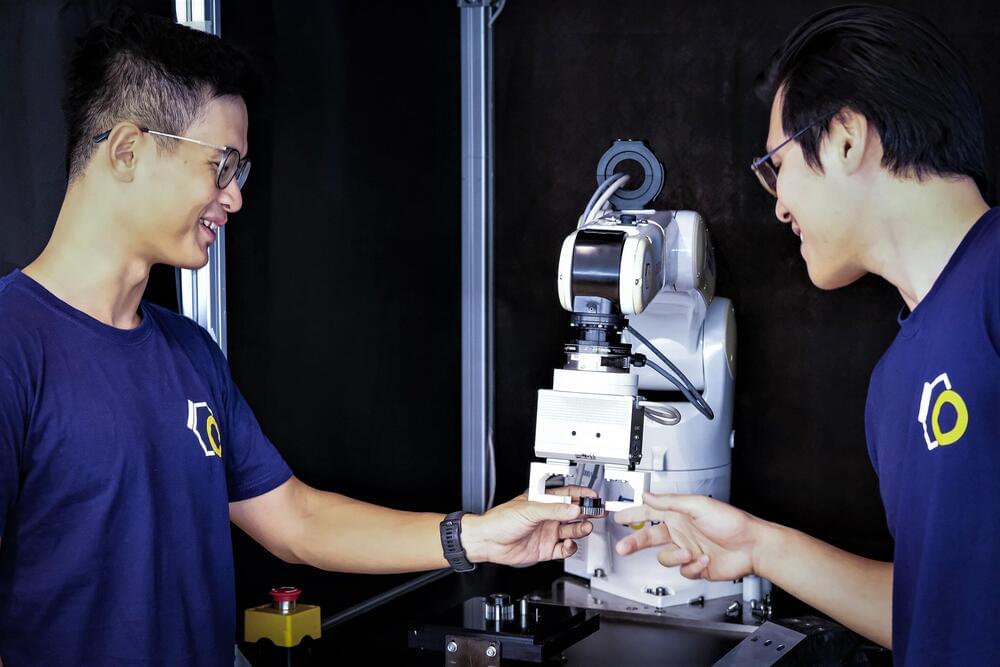Dec 11, 2021
Researchers discovered space-time warping bubble for the first time
Posted by Chima Wisdom in categories: innovation, space travel
A team from the Limitless Space Institute (LSI), funded by the Defense Advanced Research Projects Agency (DARPA) and led by Dr. Harold “Sonny” White, a former NASA specialist, pioneer in warp drive or warp drive, has reported that he has discovered a veritable warp bubble in the real world. The event marks a breakthrough for scientists trying to develop a spacecraft capable of going faster than light.
